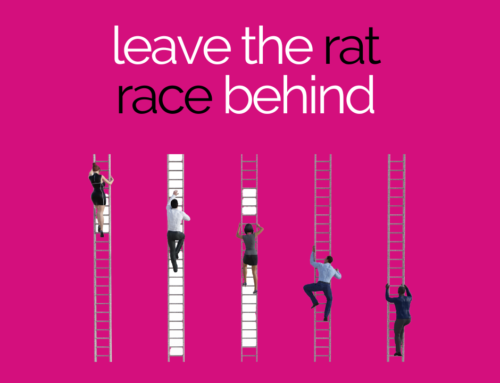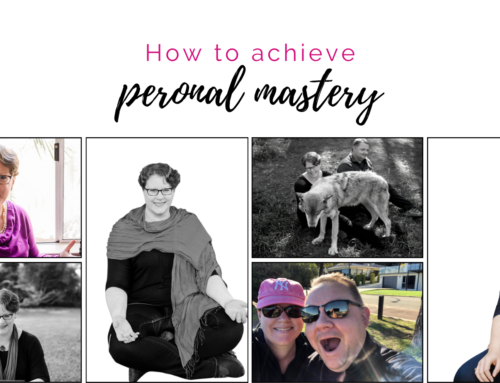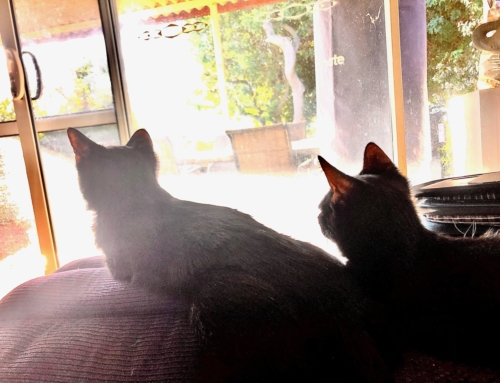And are you brave enough to find out?
With a lot of attention currently being applied to the health and wellness of organisations, it can be hard to know what problems you need to fix, and where you need to start.
Like everything these days, there’s an overload of information that’s readily available at your fingertips through the online environment. Start searching and you can easily become overwhelmed with all the options … and suddenly the one problem you thought you were looking to solve morphs and becomes fifteen issues you need to fix.
But what have you done to pinpoint where your organisation’s health and wellness issues actually lie?

Employee reality versus senior leadership beliefs.
On a number of occasions I’ve been brought in by an organisation for their employees to access one‑on‑one advice on managing different aspects of their stress, exhaustion and burnout journey.
During these sessions, I often hear things like: ‘As long as you can survive the stress, this is a great place to work.’ Or this: ‘If only it wasn’t so stressful to work here, I’d love my job.’ And this: ‘I don’t think I have a choice – if I don’t want to die, I have to leave here. This place is killing me.’
On almost every occasion, the senior leaders of the organisation were blindsided to hear what their employees were saying about what it was actually like to work for them.
It’s become ‘normal’ to believe that the world is stressful now, and that every workplace reflects this. But the reality of this – at the individual level – is that people believe that they are on a ‘fast track’ to dying young and they’re priming themselves to jump ship.
Individual problems can’t be addressed with group-focused solutions.
One of the hardest aspects of providing health and wellness solutions within your organisation is that your workforce is made up of unique individuals, who all have their own stressors, reactions, filters and coping mechanisms. They’re all experiencing different levels of stress at any one time, and in addition they will be coping with different circumstances in their home life. The result: each individual can be at very different stages within their own individual health and wellness journey.
A lot of the training programs that are available provide generic, base-level and group-focused solutions that are designed to bring the team together. These types of solutions may have worked well in the past, but there are so many more stressors in everyday life now that the individuals within your organisation aren’t as receptive to these solutions any more.
Individuals want tools and activities that provide them with solutions that assist them – generic basics no longer meet the grade.
Why do you care whether you get your training and development programs right?
Most of you care because you are genuinely concerned for the well being of your employees, but you should also care because it’s significantly hitting your bottom line:
- Absenteeism is a cost to the organisation, but presenteeism (where individuals attend work but are either too sick or completely disengaged to be effective) costs your organisation much more.
- Research shows that over 50% of your workforce believes that they’re not productive over 50% of every day that they attend work.
- Over 40% of your workforce is actively looking for new employment at any one time.
As you can see, the health and wellness of your people is critical to the overall success and productivity of your organisation.
What can you do to find out where your people are at?
Do some research. Use an anonymous survey and ask your employees questions that will help you to understand where their health and wellness is truly at. There are lots of questions you could be asking as part of this research, here’s a few to get you started:
- Do they feel under stress regularly?
- What are they struggling with the most?
- How beneficial do they find the current training and development programs?
- Do they have suggestions about other things that could be added in?
- Are they getting enough support from their leadership team?
- What more can the leadership team do to assist them?
- Do they feel safe to speak freely about health & wellness concerns?
Establishing a safe environment is critical to getting the real picture of the health and wellness of your organisation. Asking for feedback in anonymous format can be a great way to empower open and honest feedback.Once you understand where your people are at, you can find the solutions, tools and activities that allow them to find their individual solutions. When individuals are encouraged to take responsibility for their own health, collectively the whole group can more forward in a very different way.
It’s time to pull on your brave pants and understand the individuals within your organisation. Start by going to the source and asking the individuals in your organisation to give you the truth about where they are at.
Then gather that critical intelligence from your organisation’s front line. These answers give you knowledge, and knowledge gives you the power to create the solutions that your unique and individual workplace deserves.






